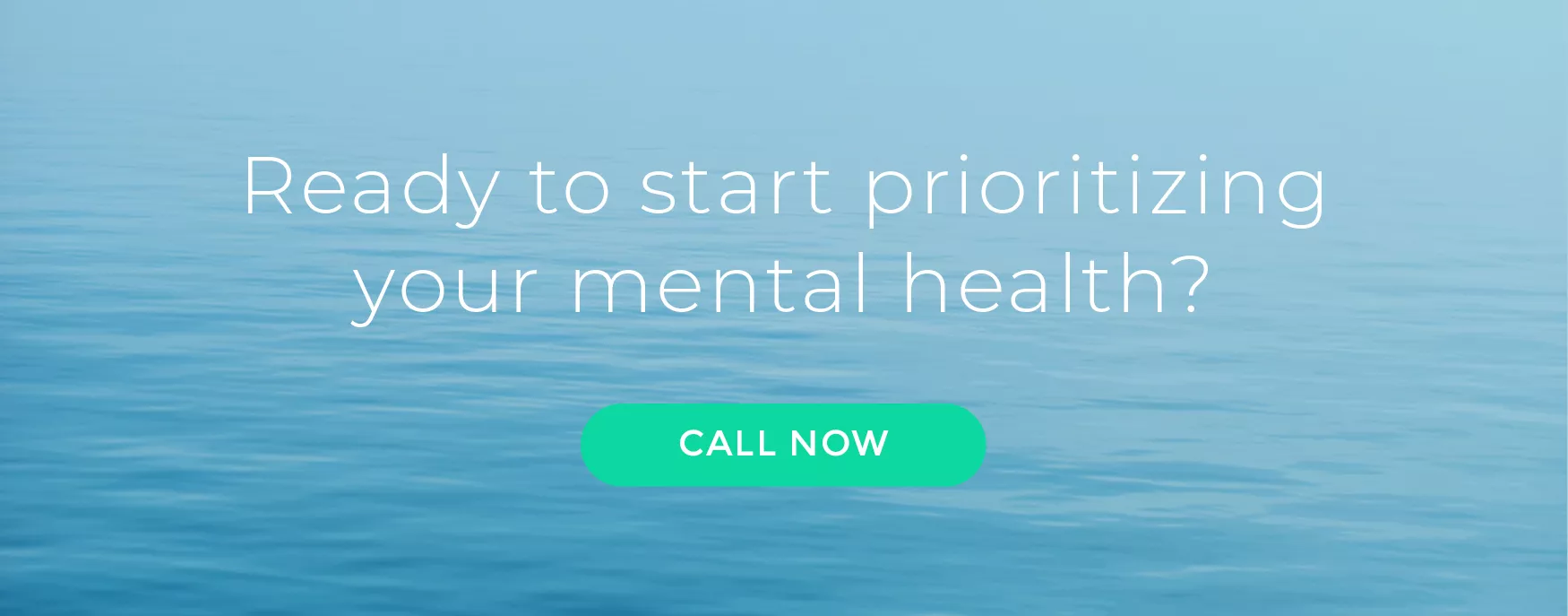Art Therapy

Art therapy can be a valuable tool for people struggling with mental or emotional difficulties. It can be used to help them express themselves, cope with stress, and improve their overall well-being.
In this article, you will discover how art therapy can be used to help people with mental health issues. You will learn about the different types of art therapy, the benefits of art therapy, and the different approaches that art therapists take.
What is Art Therapy?
Art therapy is a form of therapy that uses art to help people express themselves and deal with emotional difficulties. It can be helpful for people who find it difficult to talk about their feelings or who find it hard to express themselves verbally.
The therapist may use a variety of art mediums, such as painting, drawing, sculpture, or collage. The art therapist will work with the client to help them express their emotions and thoughts through art-making.
Art therapy can be used with people of all ages, from children to adults. It is often used with people who have mental health difficulties, such as anxiety, depression, or post-traumatic stress disorder (PTSD).
However, art therapy can also be beneficial for people who do not have mental health issues. It can be used to help people cope with stress or to improve their overall well-being.
Types of Creative Therapies
There are many different types of art therapy, and art therapists often use various techniques. Some common types of art therapy include the following:
- Painting therapy
- Dance therapy
- Drama therapy
- Expressive therapy
- Music therapy
- Writing therapy
Art therapists will often use more than one art medium with their clients. This allows the client to express themselves in a variety of ways and to explore different aspects of their emotions.
Techniques
Art therapy aims to help the client express their emotions and thoughts and gain insight into their inner workings. art therapists often use various techniques to help their clients achieve these goals. Some common techniques used in art therapy include the following:
Free association
This technique involves the art therapist asking the client to make art without thinking too much about it. The therapist may give the client a prompt, such as “paint your favorite color,” but the client is free to interpret this however they wish. This technique can help the client to access their subconscious mind and to express thoughts and feelings that they may be repressing.
Structured art tasks
These tasks help the client focus on specific emotions or thoughts. For example, the therapist may ask the client to draw a picture of their family or to make a collage about a difficult experience.
Interpretation
The art therapist will help the client understand their art’s meaning. This may involve discussing the symbolism in the art or exploring the emotions expressed through the art-making process.
Uses
Mental health conditions can be very difficult to deal with, and many people find that traditional therapies such as counseling or medication do not help. art therapy can be a valuable tool for these people, as it allows them to express their feelings and emotions in a creative way.
art therapy can help people to understand their mental health condition better, and it can also help them to cope with the symptoms. art therapy can be used in conjunction with other therapies, such as counseling or medication, or it can be used on its own.
Art therapists can take many different approaches, depending on the client’s needs. Some common approaches include the following:
Expressive art therapy
This approach uses art to help people express their emotions and thoughts. The therapist will work with the client to help them create artwork that reflects their feelings and experiences.
Integrative art therapy
This approach combines different therapies, such as art, music, movement, and drama, to help clients explore their emotions and experiences.
Playful art therapy
This approach uses play and creativity to help children explore their emotions and experiences. The therapist will use games, stories, puppets, and other activities to help the child express themselves.
Mindfulness art therapy
This approach combines mindfulness meditation with creative expression. It helps people to focus on the present moment and to connect with their inner thoughts and feelings.
Benefits of Art Therapy
Art therapy can offer several benefits to people struggling with mental or emotional difficulties. Some of the benefits of art therapy include:
- Improved mental well-being
- Reduced stress levels
- Improved communication skills
- Increased self-esteem and confidence
- Improved coping skills
- Art therapy is non-judgmental
- Art therapy is a safe space
- Confidential
- Affordable
- Accessible
- Versatile
- Art therapy is fun
Art therapy can also be beneficial for people who do not have mental health issues. It can help them to cope with stress or to improve their overall well-being.
Effectiveness
Art therapy effectively treats various mental health conditions, such as anxiety, depression, post-traumatic stress disorder (PTSD), and eating disorders. It can also be helpful for people who are struggling with addiction, grief, or low self-esteem.
If you are interested in trying art therapy, you should keep a few things in mind. First, art therapy is not about creating perfect or beautiful art. It is about the process of making art and the emotions that are expressed through art.
Implementing art therapy into mental health treatment can effectively help people deal with their emotions and improve their overall well-being. If you are considering art therapy, talk to your mental health professional about whether it is right for you.

